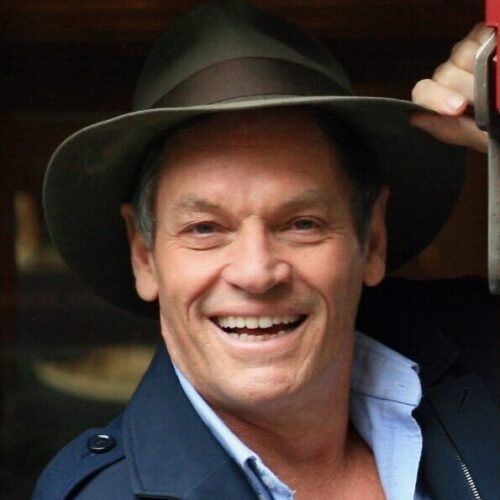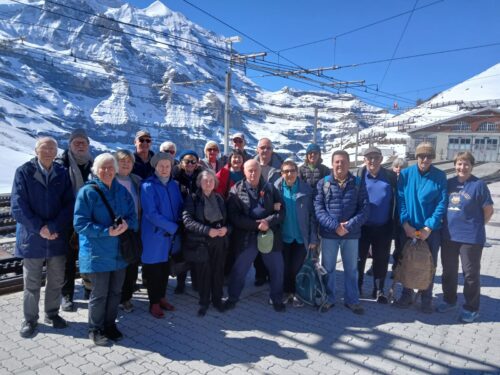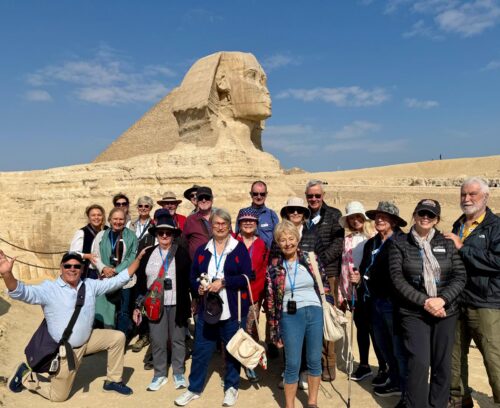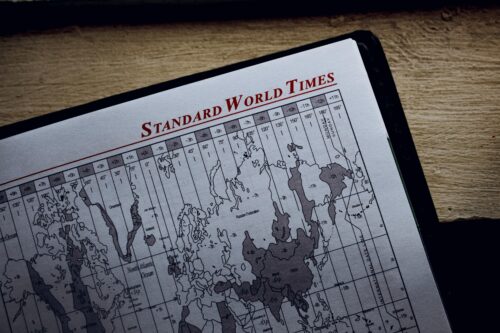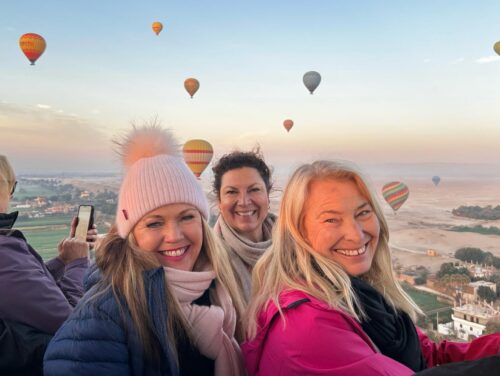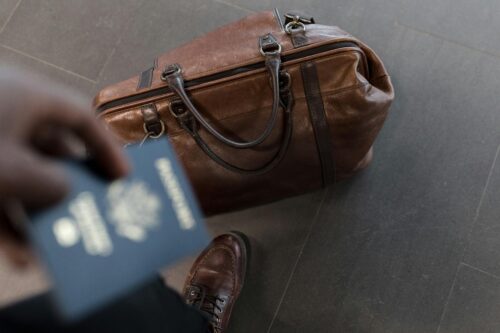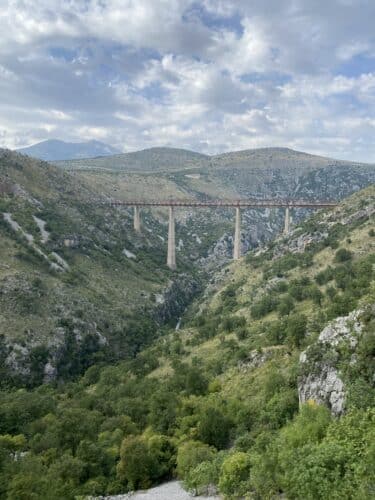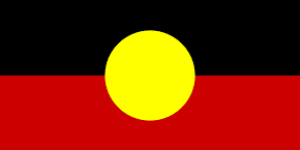Travel from Buenos Aires to Lima is a famed long-distance journey worthy to be on the bucket list of any traveller. In the ’60s and ’70s, the journey was a classic hippie itinerary because no other trip in South America offers such a variety of cultural and natural highlights.
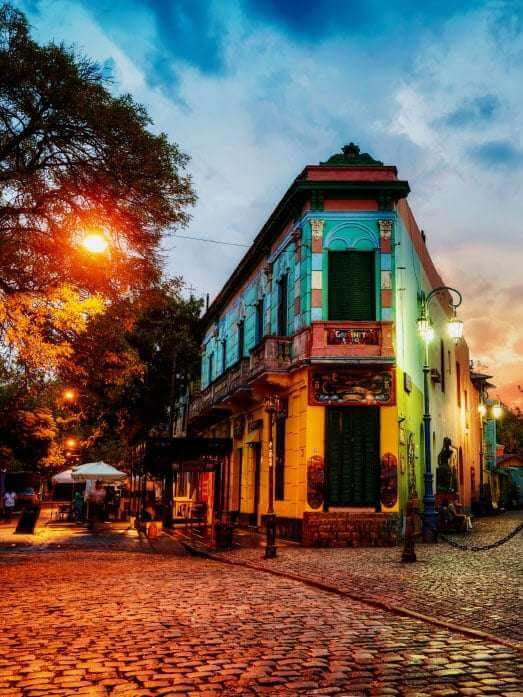
Some parts of the 4000 km (2485 mile) stretch need a lot of planning to ensure a smooth journey, but even as an upscale overland trip, this classic trek maintains its original sense of adventure.
A large portion of the journey lies between 3000 and 4000 m (9843 ft and 13123 ft) above sea level. At this altitude, both travelling during the day and sleeping at night require gradual acclimation. It is best to start the journey in Buenos Aires so that you will slowly gain altitude across northern Argentina and reach 3000 m (9843 ft) before entering Bolivia. On the other hand, starting the journey in Lima means ascending the Andes in a single day, which can cause altitude problems for some travellers.
Buenos Aires: The Essence of Argentina
The city of Buenos Aires is an excellent place to start a trip. In the bustling capital of Argentina, there is much to discover and explore: elegant neighbourhoods and fascinating city districts like La Boca, San Telmo, or Palermo. Buenos Aires is also famous for the Tango, nightlife, and the city’s innovative restaurant scene.
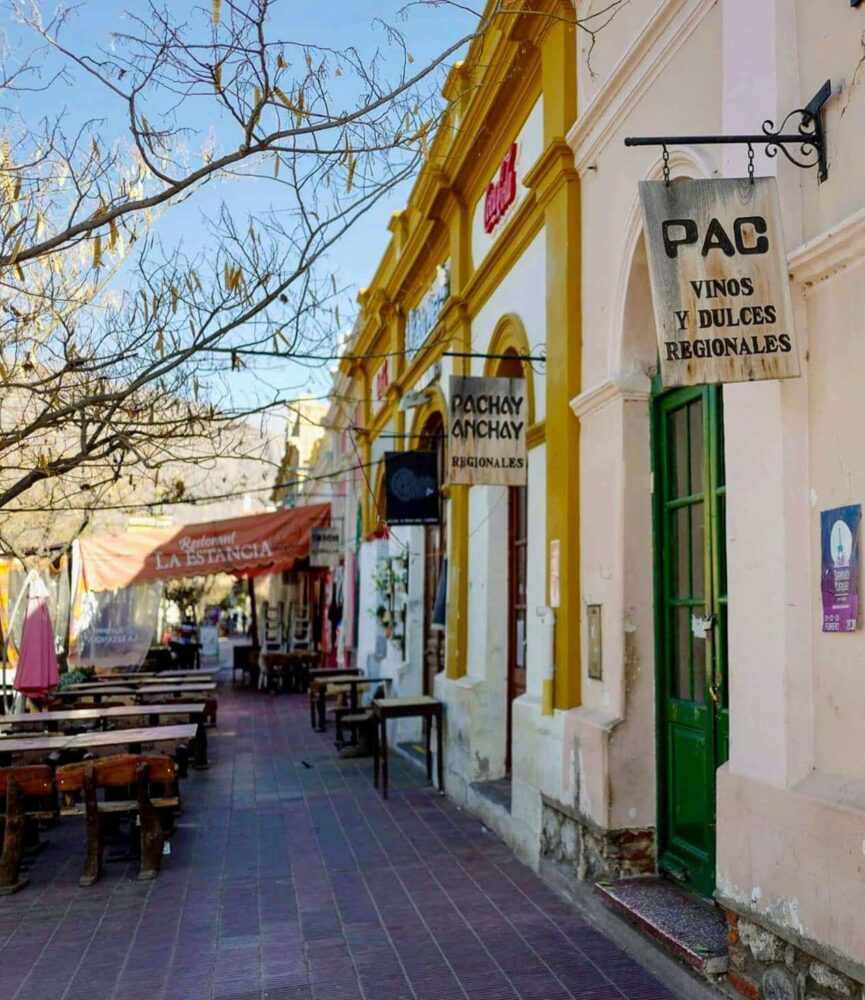
Malbec, Cabernet Sauvignon and Torrontes
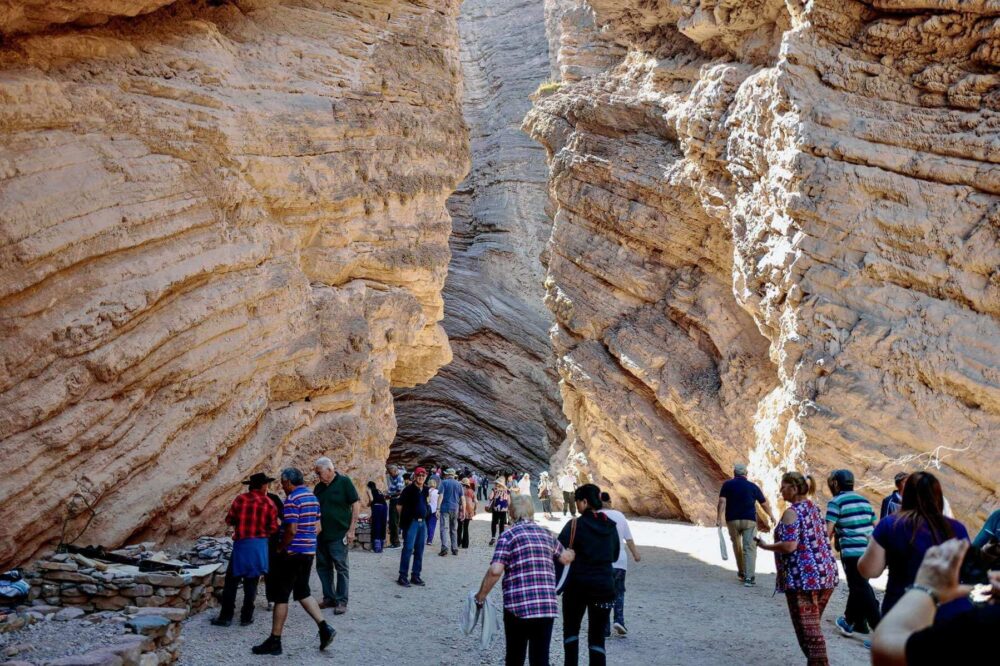
A visit to Argentina without visiting a wine region is like not seeing the country at all. In northern Argentina there is Cafayate, one of Argentina’s best but least-known wine regions. Spend a day at the picturesque village, visit a few wine cellars, and try their excellent red Malbec, Cabernet-Sauvignon, and white Torrontes wines. Excellent Bodegas to visit are Finca las Nubes, Bodega el Esteco, Bodega el Porvenir or La Finca Quera. If you like to create your own wine, have dinner at Bad Brother Wine Experience.
Leave Cafayate in the early morning through the “Quebrada de las Conchas.” If the morning is sunny, you will encounter some of the most memorable scenery in northern Argentina. Be sure to stop at the “Garganta del Diablo” (Devil’s Gorge) and the Amphitheater.
Salta and Northern Argentina
Spend an afternoon visiting Salta, especially the historical part around the central plaza, “9 de Julio.” Consider travelling up the San Bernado Hill in the cable car for spectacular views overlooking the city and the Lerma Valley.
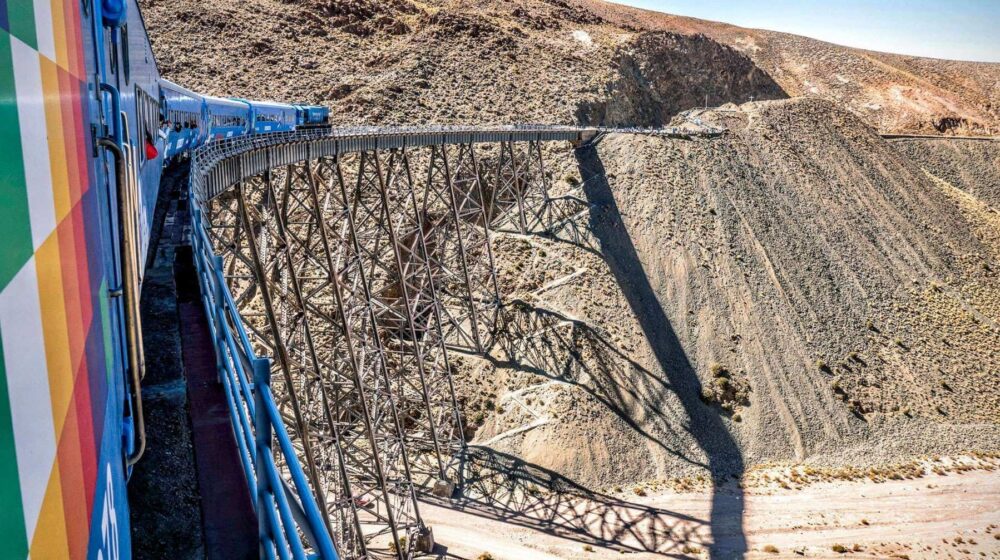
The “Tren a las Nubes” journey from Salta is an excellent excursion if you have altitude problems above 4000 m (13,123 ft). If you suspect you may have altitude problems, check with a doctor and a pharmacy in Salta before starting the slow ascent to the Altiplano.
The road toward the Bolivian border crosses the “Quebrada de Humahuaca,” a trading route that the Incas used. Stay overnight in one of the colourful inns in Purmamarca. Hike through the gorgeous valley and relax during the afternoon in one of the most comfortable Hosterias in town.
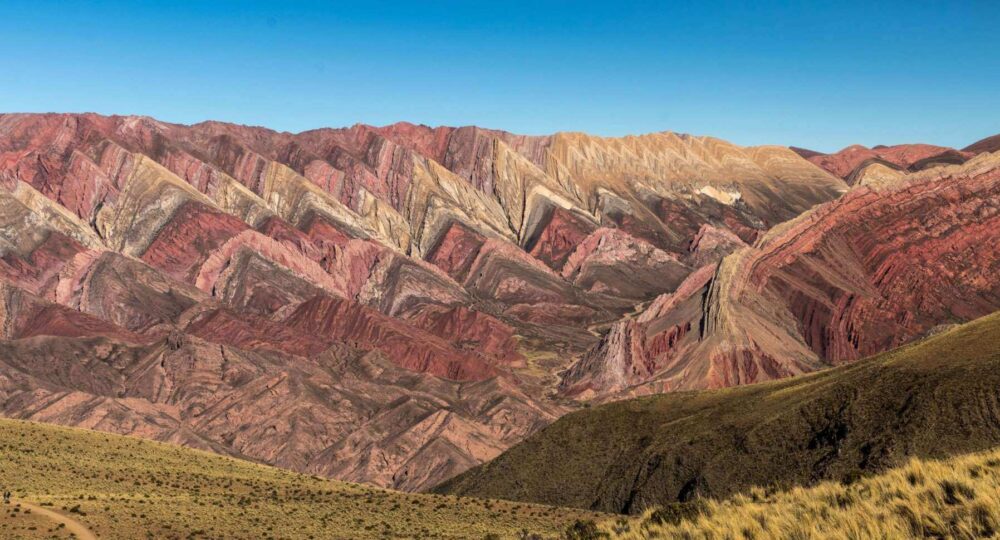
It takes about three hours to reach La Quiaca, the northernmost town in Argentina, from Purmamarca.
Wara Wara Express and Expreso del Sur
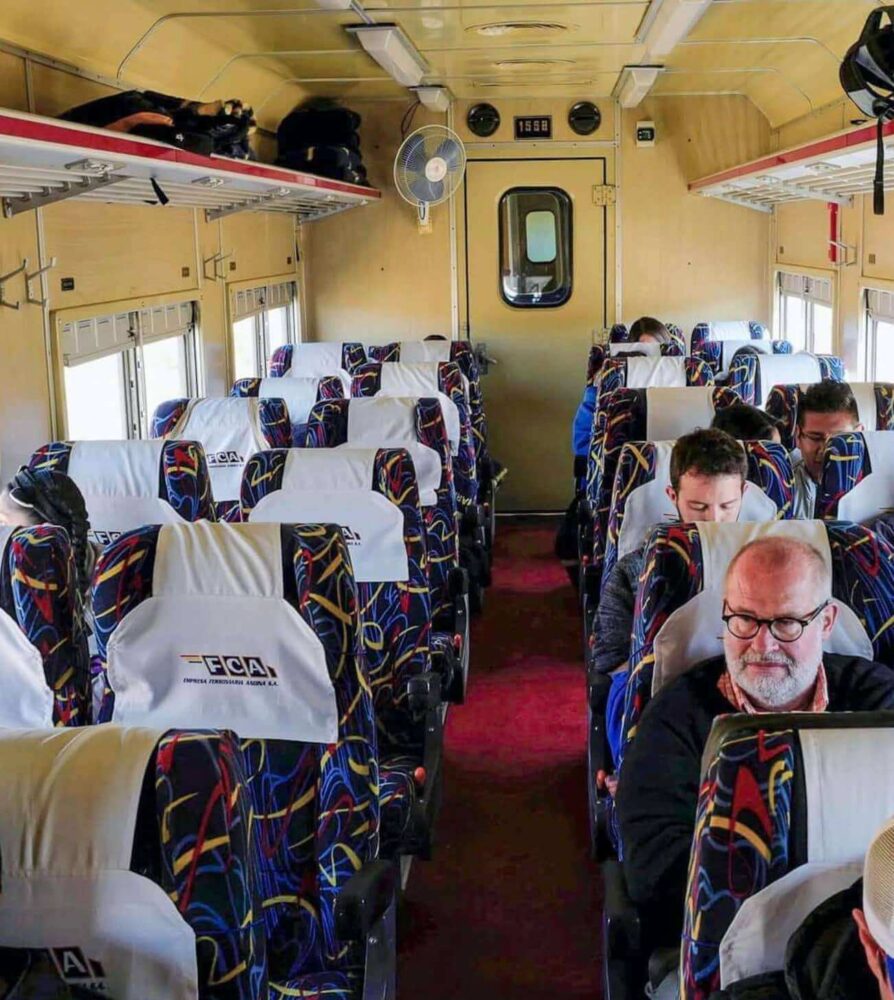
The Bus ride from Villazon to Uyuni is uncomfortable and long, so try to hire a private car with a driver or do what we do: travel by train. It is safest to buy train tickets to Uyuni the day before the train departs, although sometimes you can purchase tickets on the day of departure. The adventurous train journey from Villazon to Uyuni takes between 8 and 10 hours. The first part of the journey, to Tupiza, is very scenic. By the time the train leaves Tupiza Station, it will be night.
It is best to pre-arrange a railway station pick-up in Uyuni, as the trains arrive there in the early morning. Uyuni is spread out and it can be cold in the early morning when the train arrives.
The Uyuni Salt Flat
The Salt Flat in Uyuni is among the important natural sites in South America and, indeed, the world.
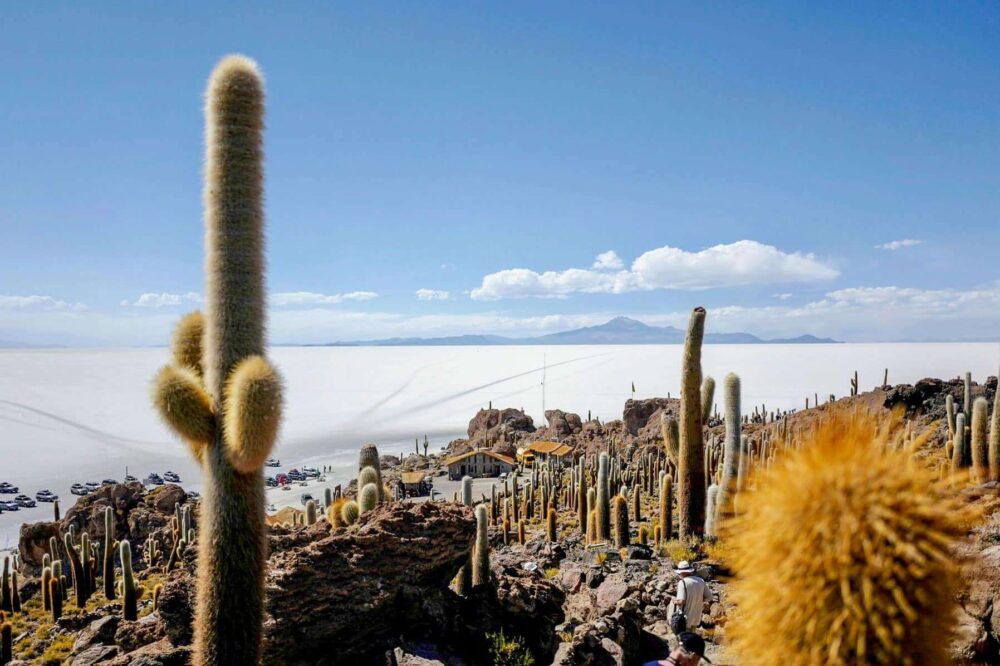
You will get the best experience of the Salt Flats by staying in one of the “Salt Hotels” on the Salt Flats shores in Colchani, about a 30-minute drive north of Uyuni. Important sites to visit include Incahuasi Island, which lies about an hour’s drive into the Salt Flat. Discover the traditional indigenous villages at the feet of Tunupa Mountain and drive up the flanks of Tunipa, from which you can enjoy breathtaking views overlooking the region.
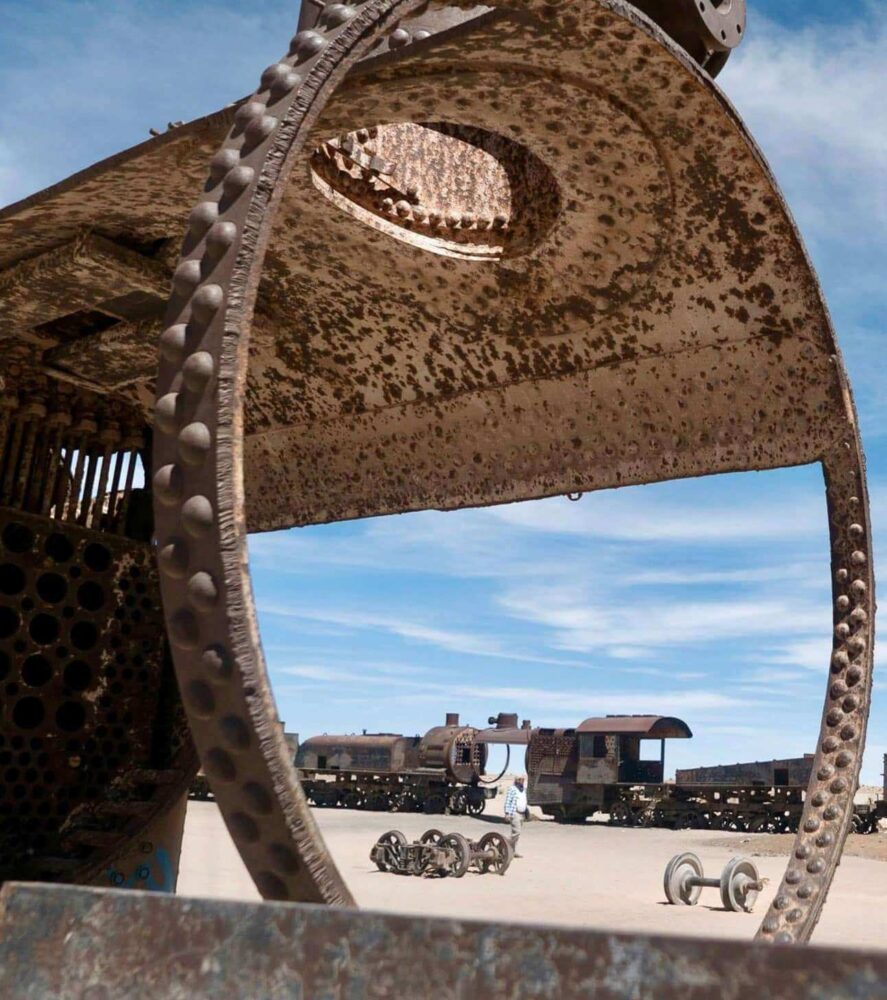
Outside the city of Uyuni is the famous railway cemetery, where you will find many oxidized steam locomotives from the Uyuni-Antofagasta Railway. The Railway Cemetery is best visited early morning or at sunset.
From Uyuni, you can travel northward by bus, train, or plane.
La Paz
La Paz is one of the most attractive large cities one can visit in South America. The city lies in a valley between 3000 and 4000 meters (9843 and 13,123 ft) above sea level. The city is difficult to navigate; therefore, it is best to participate in an organized tour to explore this fascinating town. Be sure to utilize the cable cars: You can get around the whole city with this scenic means of transport.
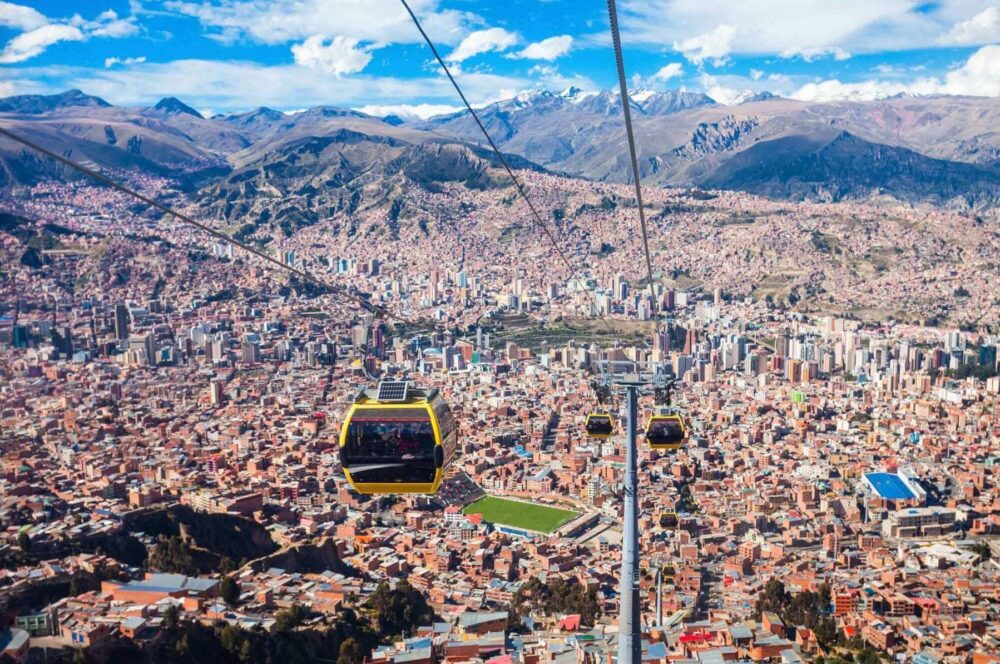
From La Paz, you can travel by two routes to Lake Titicaca. The first option is to travel directly on the main road to Peru, passing the border at the Desaguadero border post. The second and more scenic option passes via Taquina to Copacabana. A ferry ride is necessary to reach Copacabana.
Lake Titicaca
You can reach Lake Titicaca by way of Copacabana in Bolivia or from Puno in Peru. The Bolivian side is much less touristic and, in my opinion, more authentic.
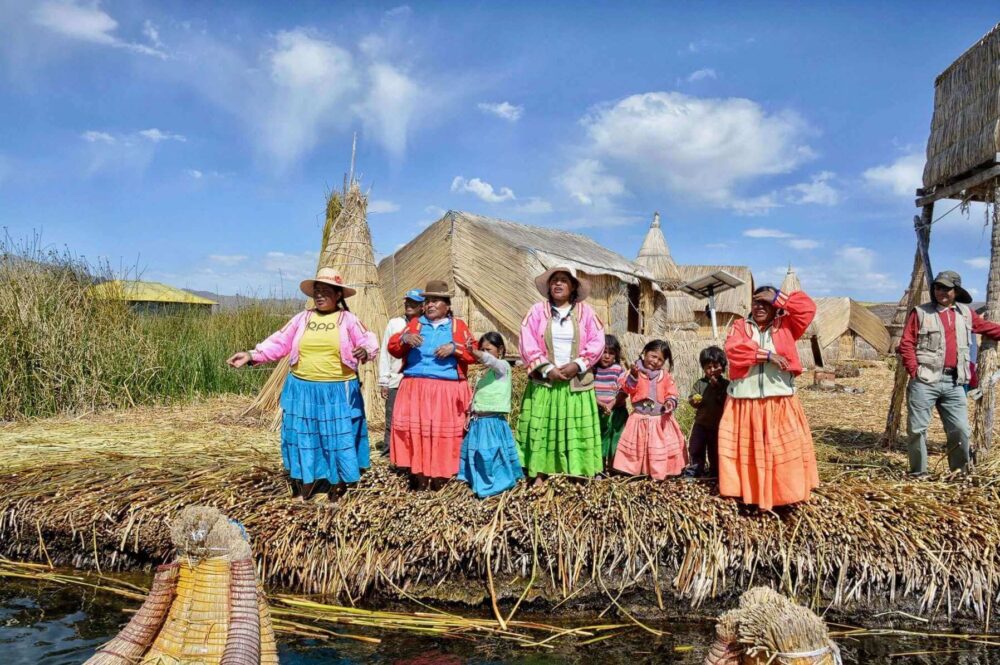
The boat ride from Copacabana to Sun Island takes about an hour. At Sun Island there are various restaurants available that serve lunch.
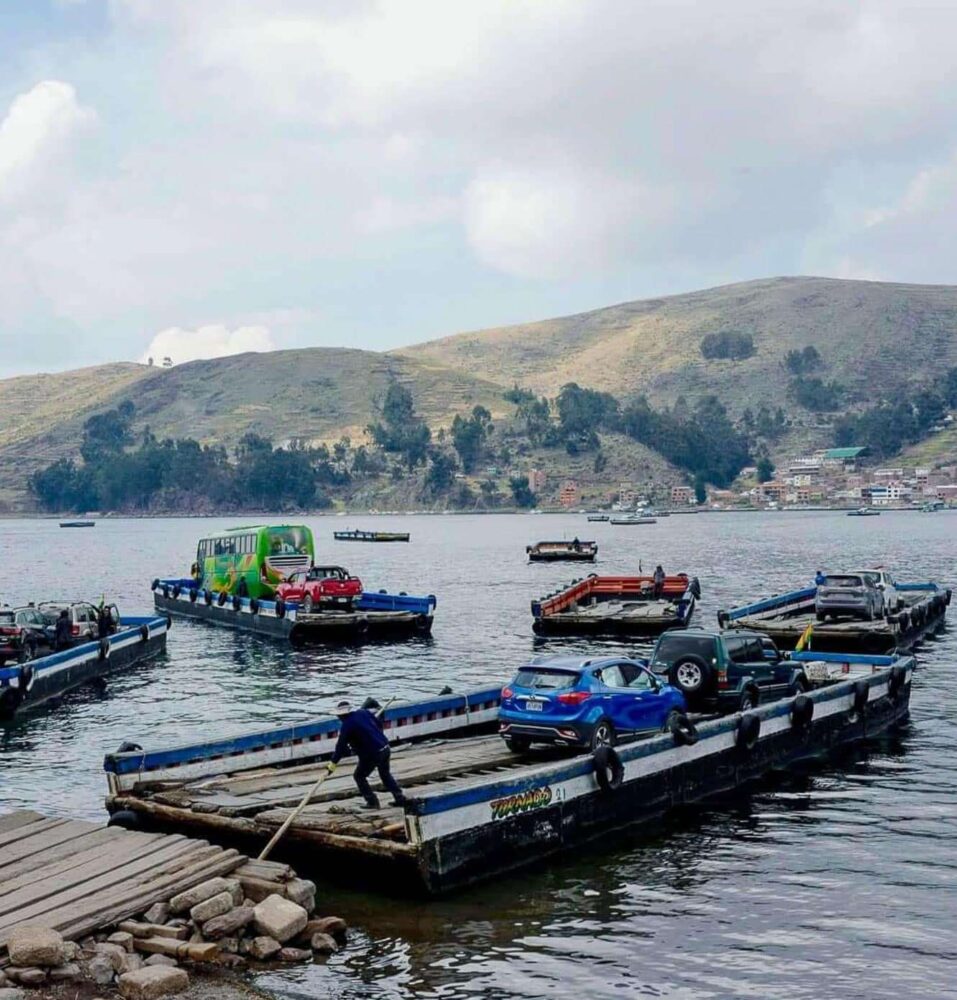
You can visit Sun Island either as part of an organized tour or on your own. There are regular ferries between Copacabana and the Island.
From Puno in Peru, you can visit the Floating Islands of the Uros and Taquile Island. The travel time between these two sites is anywhere from 90 minutes to two hours.
The inhabitants of Taquile Island cook excellent meals for visitors. Taquile Island is also famous for its knitting men. Keep in mind that the island has no roads, so if you plan to visit the villages, you will need to be physically fit. If you are not a good hiker, ask for a restaurant with easy access from the port.
The Journey from Lake Titicaca to Cusco
The trip from Lake Titicaca to Cusco is very scenic and can be completed by road or rail. For an unforgettable trip, however, travel by train. The train journey on the very comfortable Perurail Titicaca Train takes about 10 hours. The luxurious Belmond Andean Explorer carries you from Puno to Cusco in about 18 hours.
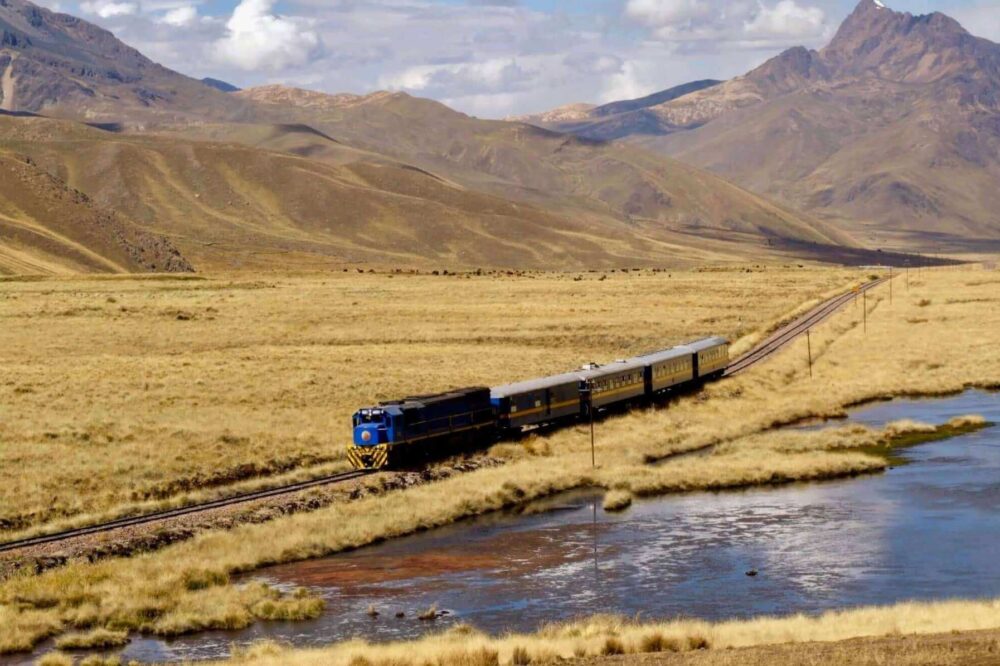
The Capital of the Incas, Cusco
Cusco, the most famous city in the Peruvian Andes, was once the capital of the Inca Empire and is now known for its archaeological remains and Spanish colonial architecture.
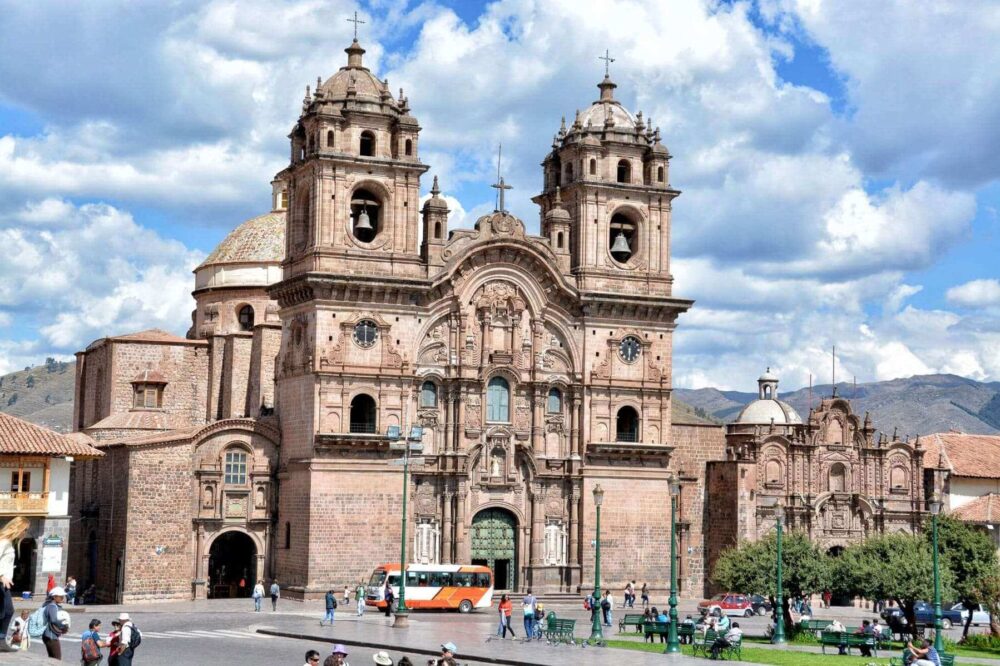
Sacsayhuamán is an impressive citadel on the northern outskirts of Cusco. The complex was built in the 15th century by the Incas, particularly under Pachacuti and his successors. They created walls out of stones so massive that it makes one wonder how they could transport these stones to build these walls.
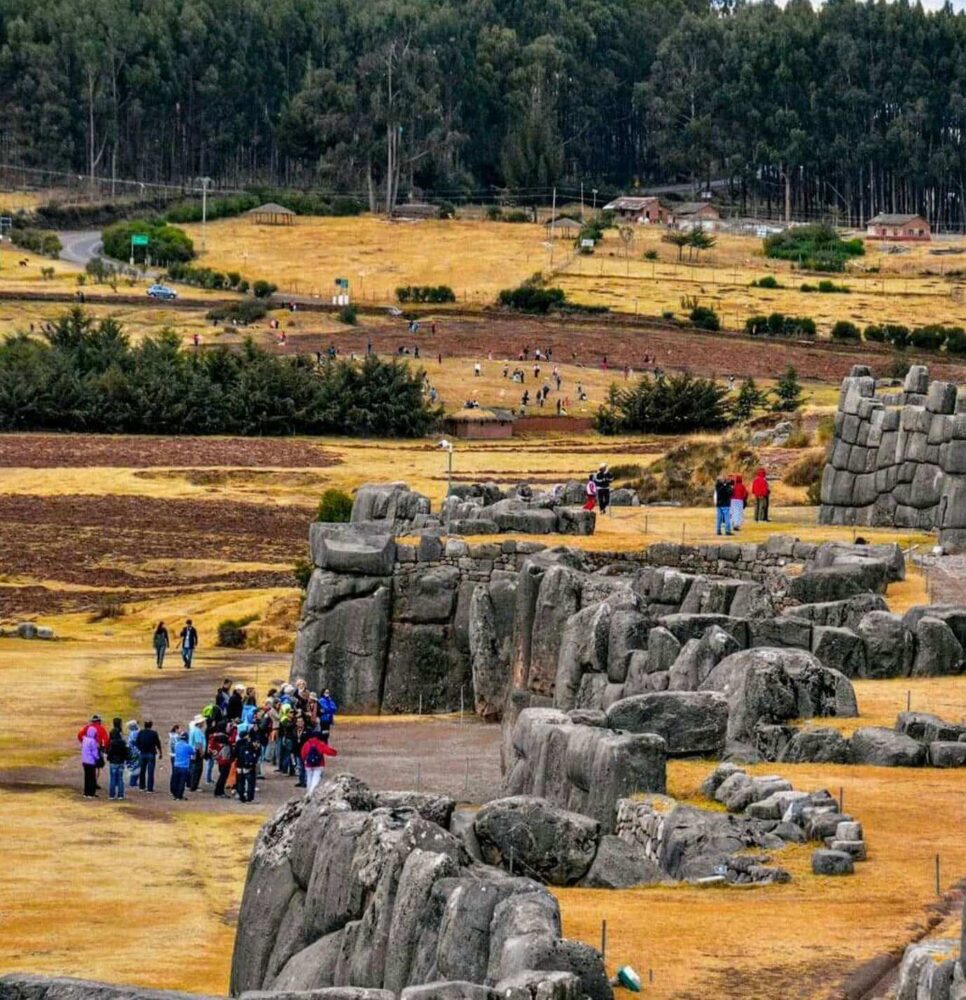
A highlight for railfans is a trip over the Zigzag railway between the city of Cusco and Poroy. Trains leave in the early morning from Cusco’s San Pedro Railway Station, navigating zigzags while still inside the city, on the way to Aguas Calientes. Consult the timetable of Incarail and Perurail for departures.
The Sacred Valley of the Incas
The Sacred Valley is about an hour’s drive from Cusco. Together with Cusco and Machu Picchu, it formed the heart of the Inca Empire. The Sacred Valley stretches for about 60 kilometers and is an area of fertile farmland and Spanish colonial villages such as Pisac, Urubamba, and Ollantaytambo.
The Pisac Market is an excellent place to buy souvenirs for your family and friends back home. The souvenir market is open every day, but Sunday is the primary market day when locals from surrounding indigenous communities come to town.
Sacsayhuamán is an impressive citadel on the northern outskirts of Cusco. The complex was built in the 15th century by the Incas, particularly under Pachacuti and his successors. They created walls out of stones so massive that it makes one wonder how they could transport these stones to build these walls.
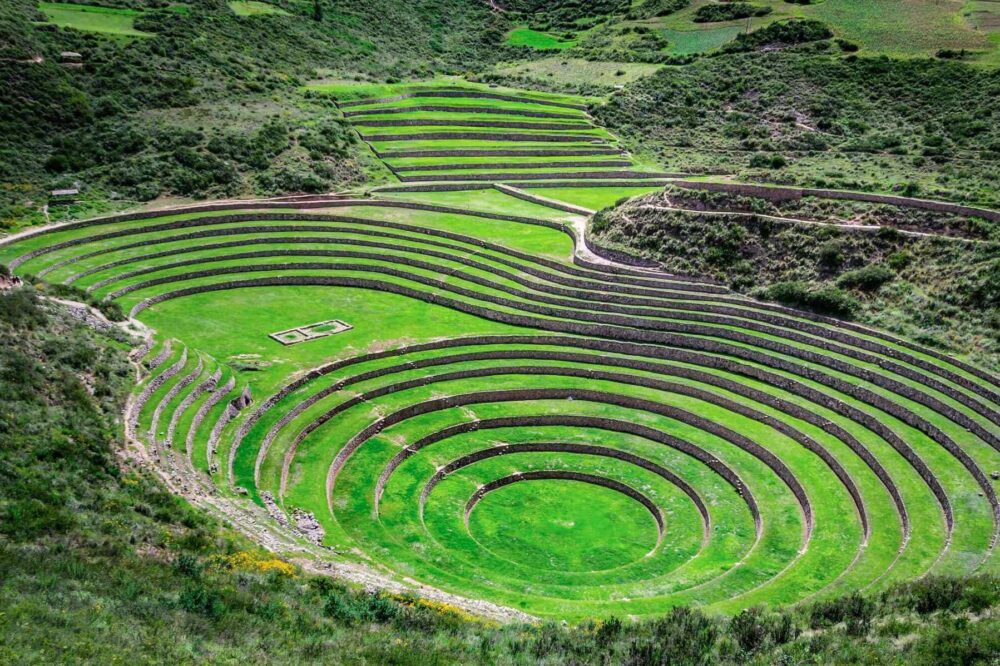
If you don’t have the time to visit Ollantaytambo, which lies a bit out of the way, visit Maras on the way back to Cusco. These circles provide excellent opportunities for photographing the scenery. You can even go for a short easy hike there. The access road is very bumpy, but all kinds of cars should pass when driving slowly.
Machu Picchu
Machu Picchu is an Incan citadel set high above the Urubamba River valley. Built-in the 15th century and later abandoned, it’s renowned for its sophisticated dry-stone walls that fuse huge blocks without mortar. The precise former use of many of the buildings at Machu Picchu remains a mystery.
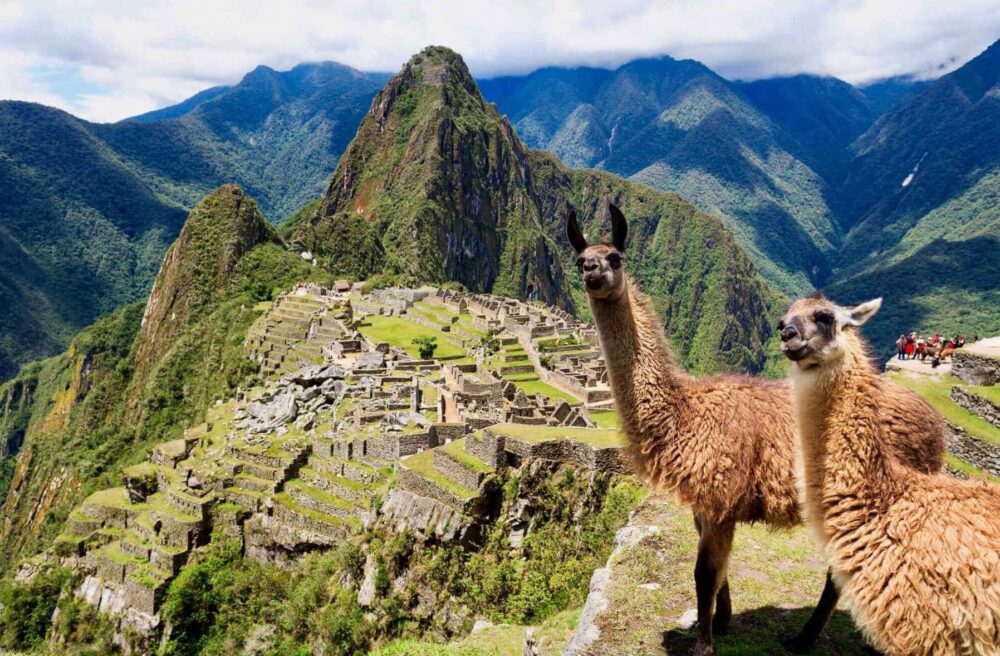
If you are interested in archeology, consider hiring a private guide. The visit to Machu Picchu takes about 2 hours and 30 minutes. Wear good walking shoes and bring insect repellent, a sun hat, and a raincoat. Machu Picchu is not far from the entrance to the Amazon rainforest, so it can rain heavily at times.
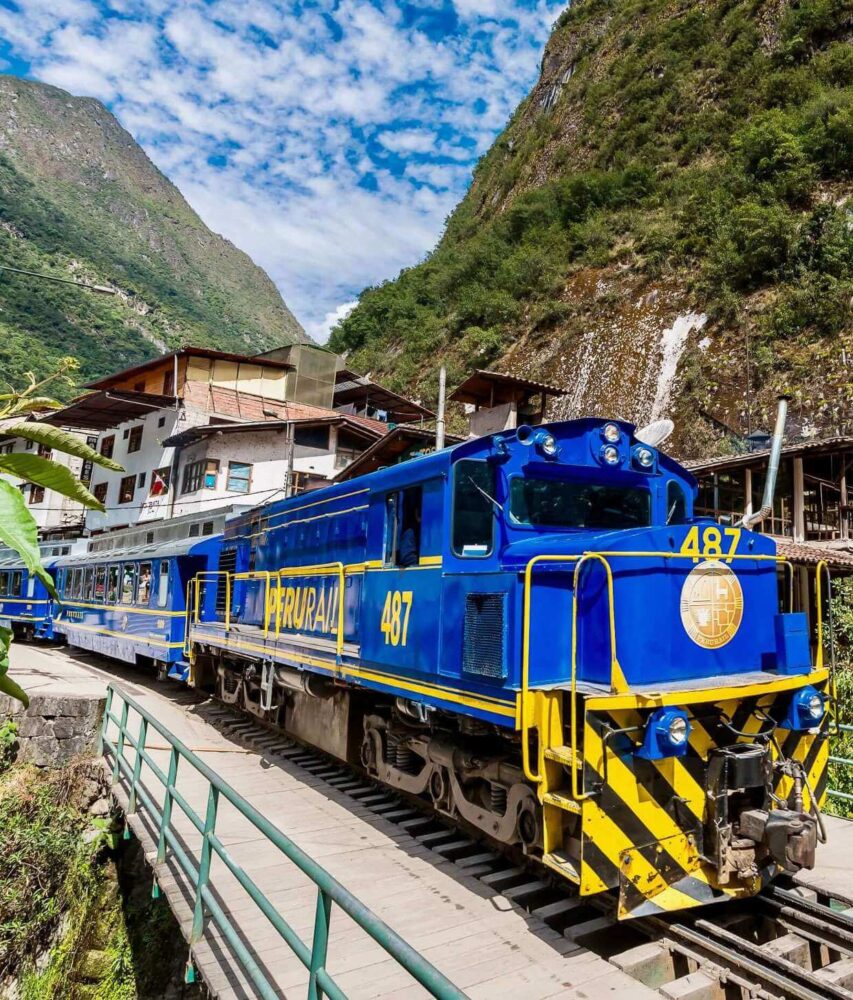
If you want to experience the perfect Machu Picchu visit, consider travelling from Poroy with the Hiram Bingham Train. The small town of Aguas Clients is a pleasant place to stay for one night. I recommend staying there upon your return from Machu Picchu, ending the day in the thermal pools, and travelling back to Cusco on the morning of the following day.
Lima
Lima is a bustling metropolis and one of the largest cities in South America. The Plaza de Armas and the 16th-century cathedral are the heart of old Lima Centro. Apart from the well-preserved colonial center, it contains the Museo Larco, which houses one of the best collections of pre-Columbian art.
If you like cats, don’t forget to visit the Parque Kennedy where you’ll find cats everywhere.
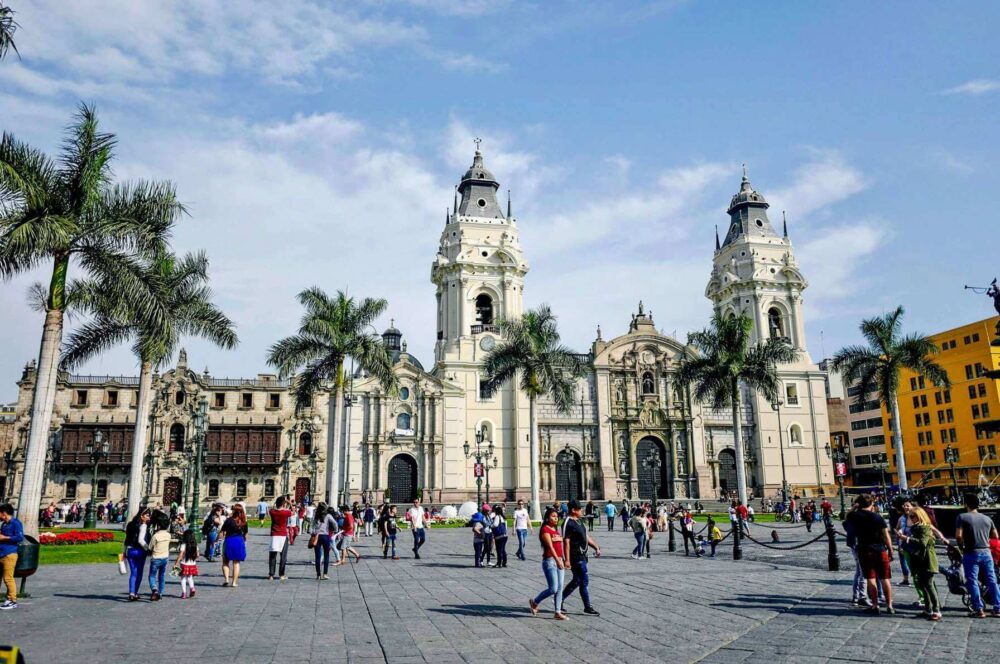
Lima is the food capital of South America, and in fact, Lima has a vast number of excellent restaurants. Most fancy restaurants are in the Miraflores and San Isidro districts. Don’t be afraid to try our local cuisine, especially for lunch.
If you would like to experience the journey from Buenos Aires to Lima, look no further. We have a once-in-a-lifetime fully escorted 21-day rail adventure not to be missed. Check out the brochure and full itinerary HERE
Scott McGregor’s Railway Adventures tour is more than just a holiday, it is a unique way to experience the world. By train you are completely immersed in culture and adventure, exploring the most scenic corners of the world in the comfort of a luxury train. Whether you are an experienced traveller or just beginning to explore this wonderful world, Railway Adventures has something for everyone. Transform your holiday into the most unforgettable adventure of a lifetime with Railway Adventures.
Call 1300 800 977 or email us at info@railwayadventures.com to request a brochure on our domestic tours in 2022 or visit our website to view all our tours.
